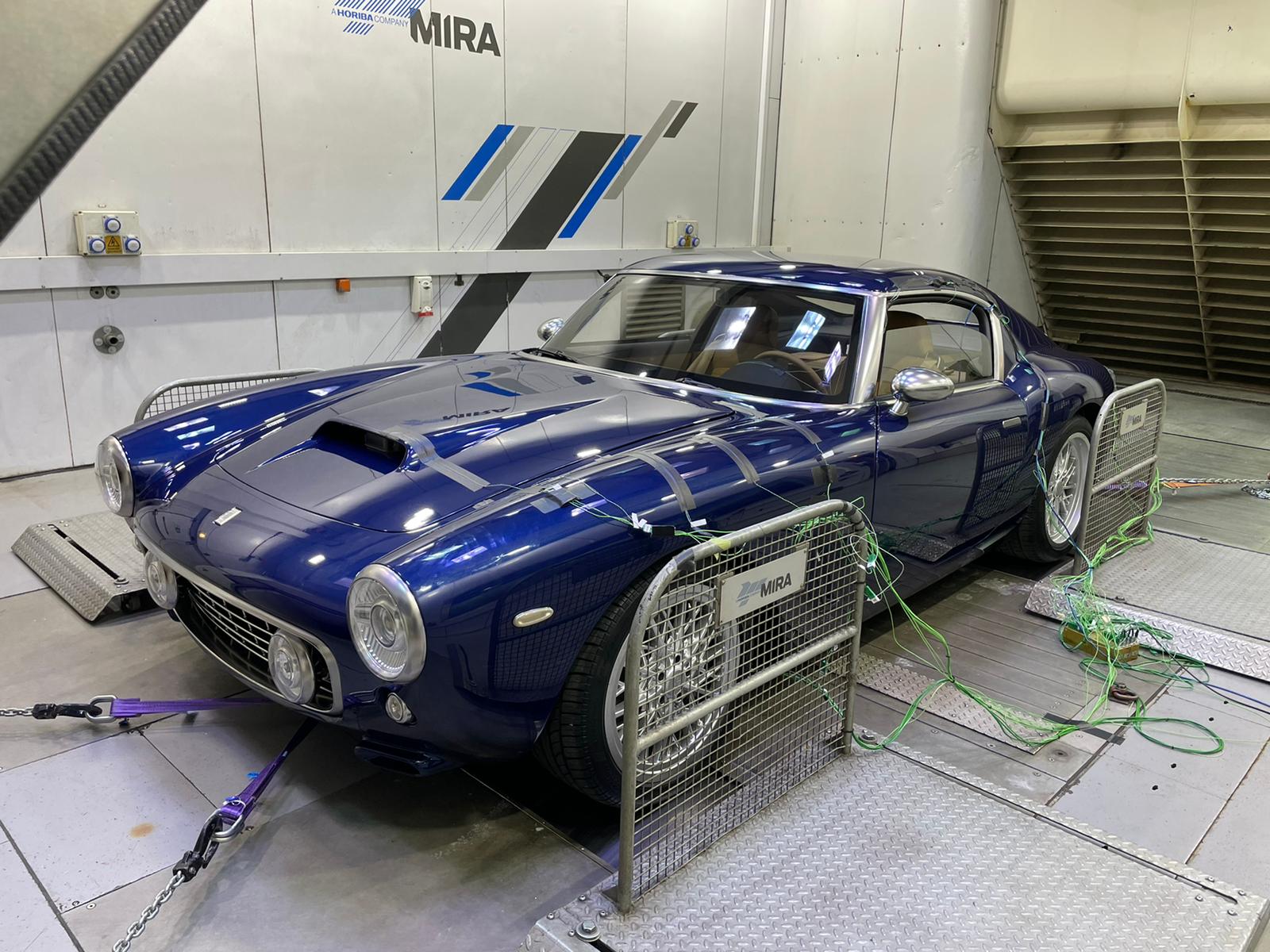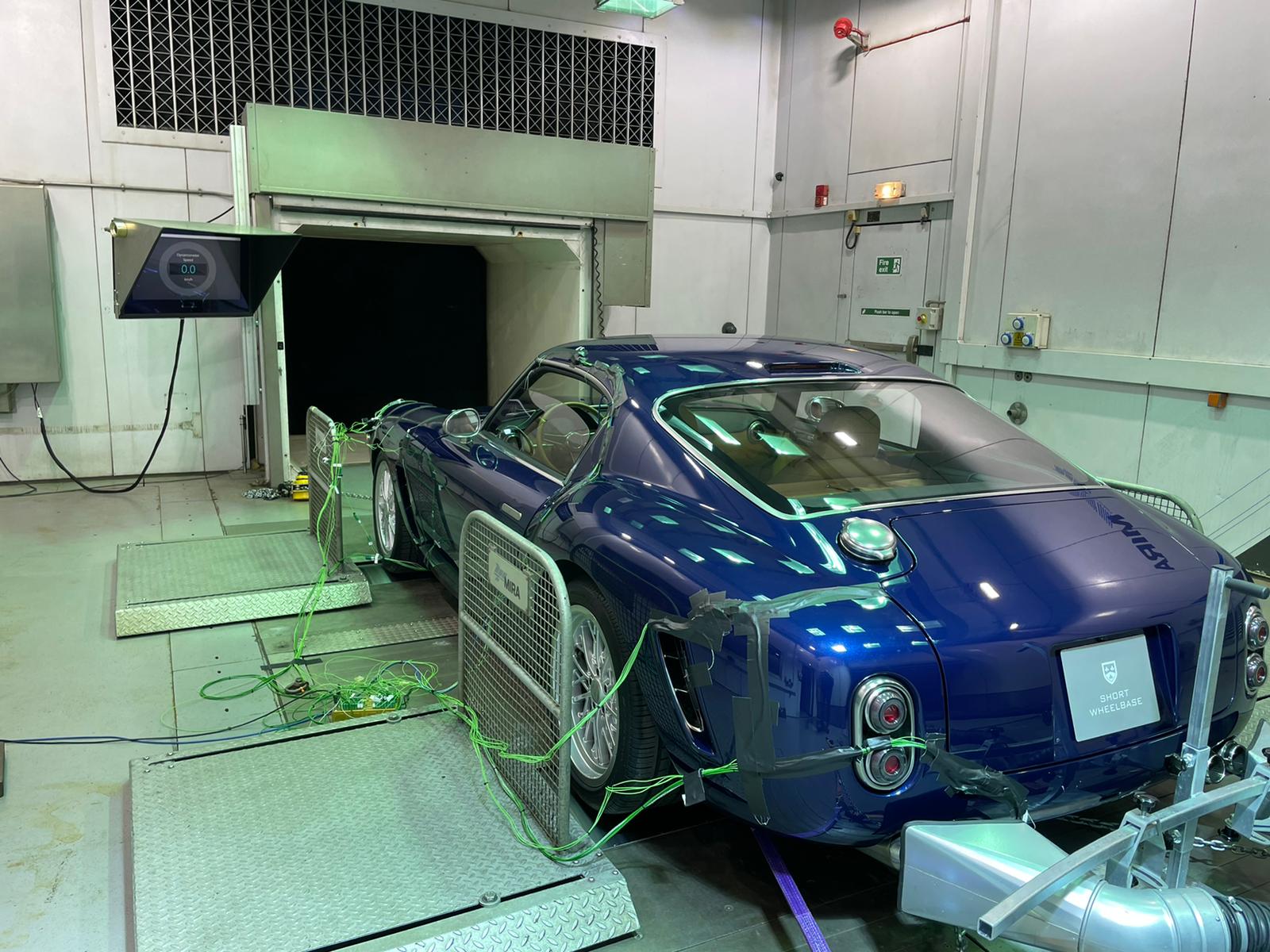This content requires cookies, please click 'Allow Cookies' at the bottom of the screen.
The RML SHORT WHEELBASE IS PUT TO THE TEST IN CLIMATIC WIND TUNNEL

Beneath its classic lines, the RML Short Wheelbase is truly a global car, designed and engineered to be driven in climates far more extreme than those in the country of its birth. And this really sets it apart from other cars of its genre, with RML adopting low-volume OEM-grade test programmes to make sure that it’s fit for purpose, no matter where it’s driven.
And an important part of that work is carried in a Climatic Wind Tunnel, which in the UK is based at the Motor Industry Research Association (MIRA) in Warwickshire. The CWT is essentially a rolling road built into a combined climatic chamber and wind tunnel. It provides RML’s engineers with the ability to run the Short Wheelbase under specific driving loads on the rolling road, while simulating different wind speeds and temperatures to assess – and if necessary, improve – its performance in more extreme climatic scenarios.
RML’s Nic Rutherford lead the programme for the Short Wheelbase at MIRA and explained what he hoped to gain from the tests: “The purpose of testing here is primarily to validate powertrain cooling in mid- to high ambient temperatures, taking into account the hotter markets it’s likely to be driven in, like California or Dubai. The CWT can recreate the obvious variables, such as air speed, linked with vehicle speed, and air temperature. But we can also alter the air humidity and solar load, as well as simulating different gradients. All in all, it gives an holistic view of how the car performs in hotter climes, without the need to physically take it half way across the world.”


Nic’s team put the Short Wheelbase through a variety of test profiles in MIRA’s CWT, heat-soaking it to 30 degrees overnight beforehand. They then ran the car at 124mph (200km/h) at a 30-degree ambient, with the addition of a solar load. This was followed by a simulation of the very worst kind of urban driving, in 35-degree heat, in the blazing sun, with the car effectively gridlocked and driving at low speed in stop-start traffic. And as if that weren’t enough, Nic and the team put it through a mountain pass test, where the car was driven up a constant eight-degree gradient, continually accelerating and decelerating. Think Stelvio Pass, and you’d get the idea!
“There’s still more to come,” said Nic. “We’re hoping to be back in the CWT again soon to test for 40-50c ambients, but for the time being, the car performed well within the expected limits throughout the test, with plenty of headroom, so we don’t anticipate any issues when we return.”




